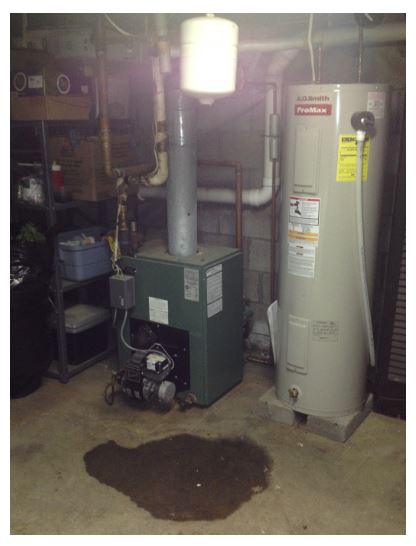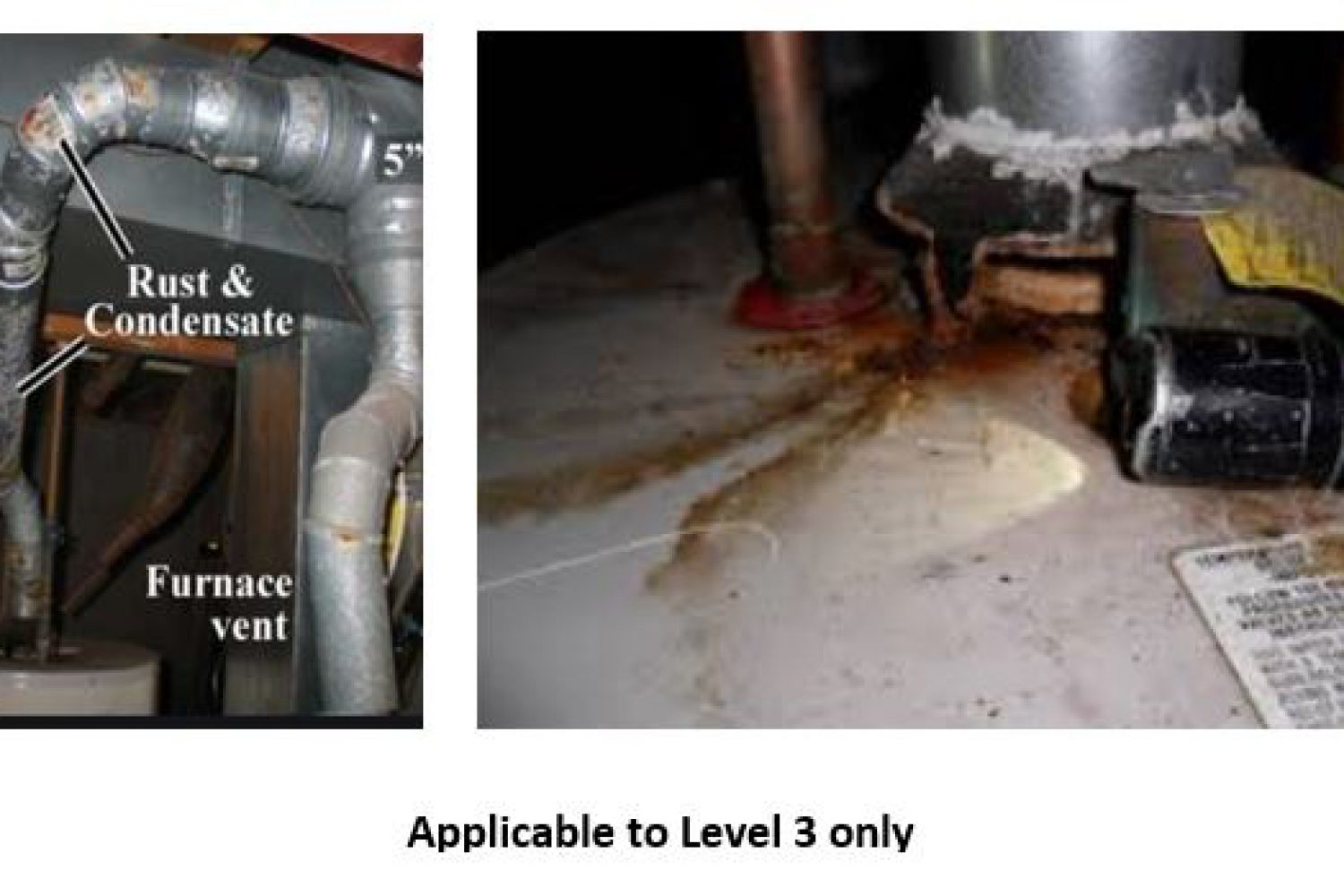Part 1
In this May edition of our HUD-REAC newsletter, I will be discussing the deficiencies associated with water heaters and domestic water systems. As there are so many deficiencies associated with these inspectable items, I am dividing this into a 2-part series.
- Domestic Water deficiencies are recorded under the Inspectable Area: Systems, and includes:
- Water conditioners, water heaters, transfer and circulating pumps, strainers, boilers, connecting piping, fittings, valves and supports.
- Hose bibs that service a single common area OR multiple units
- A water tank located in a single common area (i.e. kitchen or laundry)
- This does NOT include:
- The portion of the water supply that connects to the heating and cooling system
- Delivery points of the system such as sink and faucets in units or common areas
- Hose bib that is associated with an individual unit
- Water heater deficiencies are recorded only under the Inspectable Area: Units.
| Domestic Water (System) Deficiencies | Water Heater (Units) Deficiencies |
| 1. General Rust/Corrosion on Heater Chimney**
2. Leaking Central Water Supply 3. Misaligned/Damaged Ventilation System 4. Missing Pressure Relief Valve 5. Water Supply Inoperable |
1. General Rust/Corrosion**
2. Leaking Valves/Tanks/Pipes 3. Misaligned Chimney/Ventilation System 4. Missing Pressure Relief Valve 5. Inoperable Unit/Components |
**With the exception of General Rust/Corrosion, the deficiencies are nearly identical**
General Rust/Corrosion on Heater Chimney (Domestic Water System)
Definition: The water heater chimney shows evidence of flaking, discoloration, pitting, or crevices that may create holes that could allow toxic gases to leak from the chimney.
- I underlined “that could allow toxic gases to leak” because for this deficiency to be recorded, the rust/corrosion will need to be located in the room the boiler or tank is in – not above the roofline!
- Above the roofline would be a different deficiency: Exterior – Damaged Vents (Level 1)
- This deficiency should be recorded when there is not a hole present…yet. If a hole is present, that will be a separate deficiency (Misaligned/Damaged Ventilation System) and an automatic EH&S (Exigent Health & Safety)
- The “chimney” is any part of the ventilation system. From the draft hood to the vent duct.
- Primary cause is backdrafting

General Rust/Corrosion (Unit: Water Heater)
Definition: The equipment or associated piping/ducting shows evidence of flaking, oxidation, discoloration, pitting or crevices.
Level 1: You see superficial surface rust
Level 2: You see significant formations of metal oxides, flaking, discoloration, or a pit or crevice
Level 3: Because of this condition, the equipment or piping does not function
- Level 3’s are a very rare deficiency because most inspectors are not qualified to determine the reason the equipment doesn’t function. If the water heater doesn’t function, there is an Inoperable Unit/Components deficiency.
- Note that this definition includes ANY part of the water heater – not just the chimney like the deficiency under Domestic Water Systems.
- The primary reason for metal oxidation is something called galvanic corrosion. If 2 dissimilar metals are connected (like galvanized metal to copper) without a dielectric union, electrolysis occurs causing the corrosion!

Leaking Central Water Supply (Domestic Water System) and
Leaking Valves/Tanks/Pipes (Unit: Water Heater)
Definition: You see water leaking from any water system component, including valve flanges, stems, bodies, hose bibs, or any domestic water tank or its pipe or pipe connections.
- This definition is now identical for both areas because in 2017, HUD allowed an individual unit hose bib to be recorded under the unit itself instead of Domestic Water Systems.
- Important Note! In considering a Domestic Water System leak, inspectors are instructed to consider the following before recording a deficiency:
- Some pumps and valves are designed to leak as a normal function, particularly in fire pumps, water pressure pumps, and large circulating pumps.
- If water is leaking on or near electrical equipment, a separate deficiency (Health & Safety: Electrical Hazards) will be recorded.
 When I inspect water heater/boiler rooms, the first thing I do is look at the floor. I’m looking for a spot indicating a leak from somewhere – it could be a pipe, the pressure relief valve, under the tank, etc.
When I inspect water heater/boiler rooms, the first thing I do is look at the floor. I’m looking for a spot indicating a leak from somewhere – it could be a pipe, the pressure relief valve, under the tank, etc.
In this case (to the left) the leak is at the expansion tank directly above the spot on the floor.

